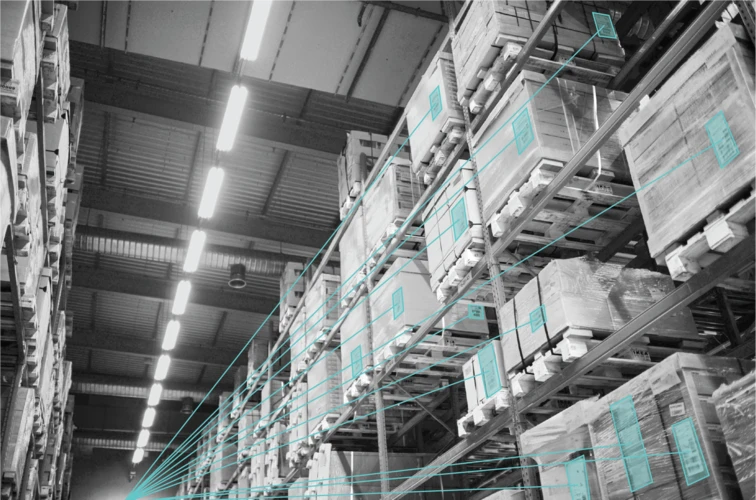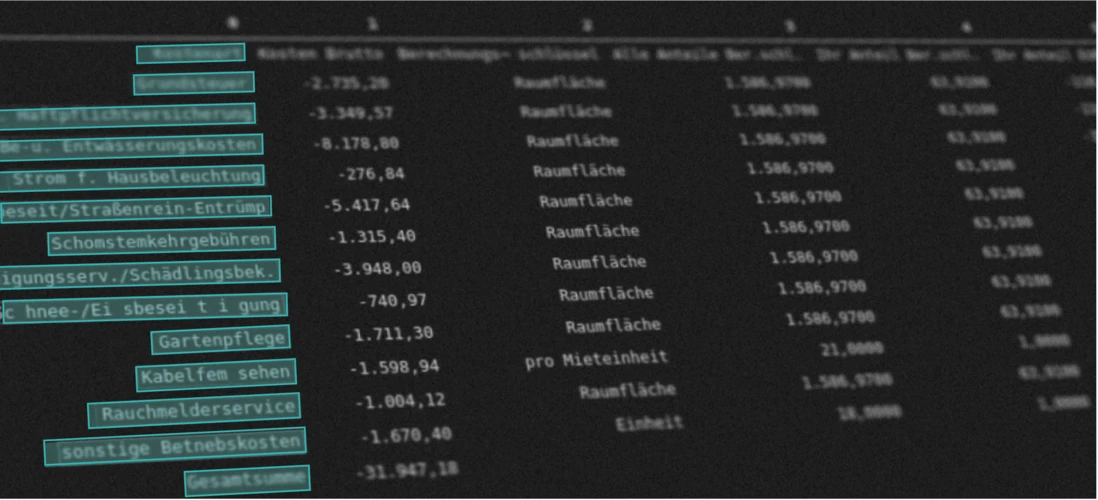.png)
A practical introduction to the Model-Context-Protocol (MCP)
Konrad Schultka (PhD)
.png)
Konrad Schultka (PhD)

Sevval Gölbasi

Thanh Long Phan

David Berscheid

Thanh Long Phan, Fabian Dechent

Marty Oelschläger (PhD)

Angela Maennel

Lovis Schmidt

Fabian Gringel

Julius Richter

Fabian Gringel

Frank Weilandt (PhD)
Given a free form vet appointment reason we extract symptoms, diseases and requested services.

Automatically extract numerical attributes from product descriptions in order to enrich the existing database.

Our software protects tenants against excessive service charge bills.

Our algorithm helps citizens through the bureaucracy of registering a business.

Different methods from the field of NLP helped us to create software that spots errors in rental contracts.

.png)
Axel Besinger and Augusto Stoffel (PhD)
May 23rd, 2025
.png)
Fabian Dechent
May 31st, 2024
.png)
Jakob Scharlau
May 31st, 2024
.png)
Angela Maennel
January 19th, 2023
.png)
Marty Oelschläger (PhD) and Sara Zanzottera
December 1st, 2022
.png)
Jona Welsch
April 28th, 2023
.png)
Jakob Scharlau
April 28th, 2023
.png)
Augusto Stoffel (PhD)
July 30th, 2021
.png)
Augusto Stoffel (PhD)
April 28th, 2023
.png)
Konrad Mundinger
July 1st, 2021
.png)
Fabian Gringel
May 26th, 2021
.png)
Konrad Schultka (PhD) and Jona Welsch
May 26th, 2021
.png)
Ewelina Fiebig and Fabian Gringel
May 26th, 2021
.png)
Ewelina Fiebig and Fabian Gringel
May 26th, 2021